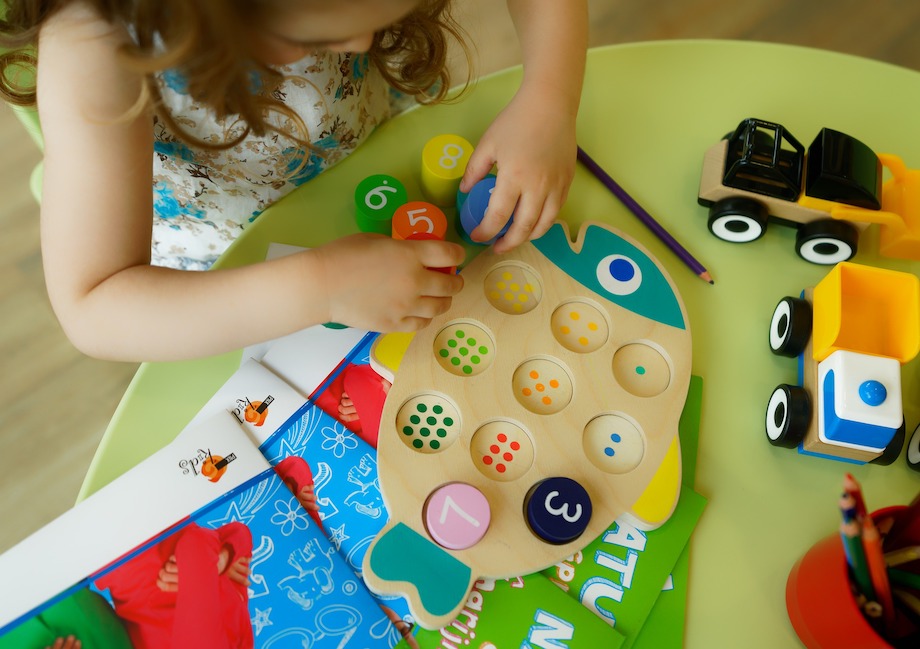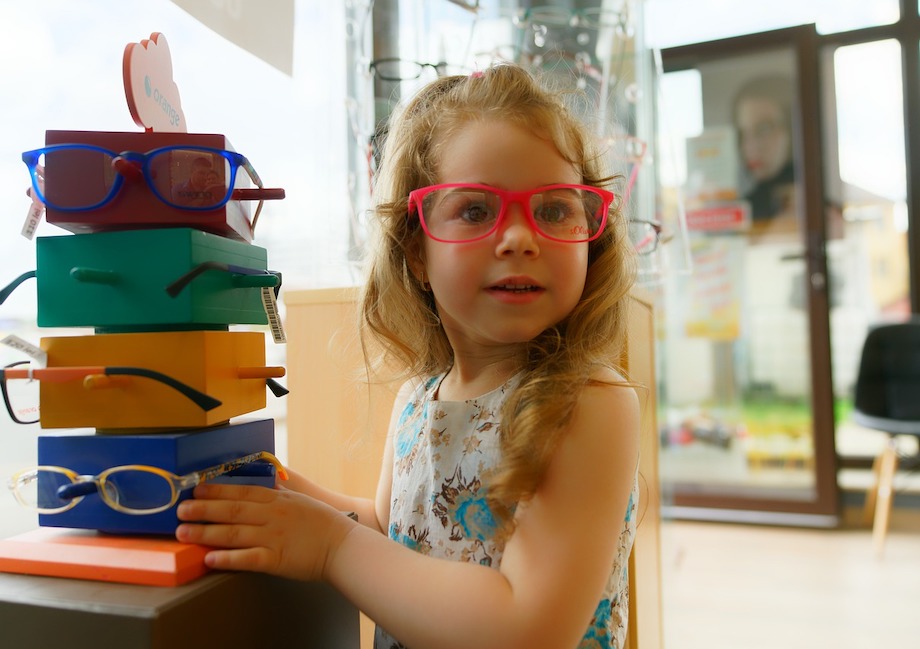
It can be a daunting task finding the right childcare centre for your child – the thought alone is often scary enough! You have spent all this precious time with your child and know them better than anyone, and now you are going to leave them in someone else’s care.
The process of finding the right centre can be the hardest part. Once your child is settled in a centre it is likely that they will begin to really enjoy their time in care, form new special friendships and develop wonderful early childhood memories.
Over the years the stigma of early childhood being no more than a ‘babysitting’ service has steadily declined. Centres these days offer amazing educational programmes and experiences for children, while they provide a caring and nurturing environment for children to grow and develop.
What is ‘right’ in a centre can mean different things to different people. Some parents may place their importance on the atmosphere or the child-to-teacher ratios, while others may be more concerned with fees or location. It is a very individual choice, and sometimes the deciding factor is simply that the centre just ‘feels’ right.
There are some key indicators you can look for to make sure that you are selecting a high quality childcare centre.
What are your first impressions?
Take a look at how the children are behaving. Is the boisterous, active child being stimulated and engaged? Is a hurt or sad child being responded to appropriately and acknowledged? While for a first time visitor any centre may seem as though it is loud and busy, the attention to detail may mean the difference between a well-run centre and a poorly run centre.
You might assess how the teachers interact with the children, with one another – and with you. Are you made to feel welcome when you arrive? Do the teachers greet you or smile? A centre is often only as good as its teachers and its management. You could have the most beautiful centre with all the bells and whistles, but if the teachers are unhappy and not passionate about their jobs then it is like an empty present.
Often you are able to get a feel for these things when you visit a centre, but it can be hard to notice the finer details when you don’t know what to look for and you are already so overwhelmed at the idea of placing your child in care. But it is important to take your time and not rush this important decision.
Be sure to compare centres and ensure you get a good understanding of your options. If your child is with you on your centre visits, be sure to watch them and read their reactions and emotions. How are they responding to this new environment, and to the teachers and other children around them?
Transitioning into care
Once you have chosen a centre, your child’s transition into care should start with ‘settling in’ visits before your child’s official first day in a centre. These are short visits to the centre where you will stay with your child during their time there.
How many of these visits there will be can vary from centre to centre, but in general, the more opportunity you have to settle your child into care, the easier the transition will be. During these visits with you present, your child will slowly learn that it is a safe environment. Ideally, you will want them to start exploring away from you and interacting with the other children before you have to leave them by themselves at the centre for the first time.
When you are carrying out settling visits, be present with your child, however, try not to jump in and do things for them, or conversely try and push them to venture away from you. Your child will do this when they are comfortable, irrespective of their age.
If you are comfortable and relaxed, the chances are your child will be too; if you are stressed and anxious then they are more likely to pick up on this and mimic your emotions. Try instead to talk to the teachers and interact with the other children if they initiate it. Eventually your child will come to understand that this is a safe environment and a fun new place where they are valued and respected.
Let it go
When it comes time to actually leave your child, whether it is for a short period or for the whole day, most teachers recommend the best thing to do is to say goodbye, and not to try and sneak away. If you suddenly leave your child while they are happily off playing, it is likely that at some point they will seek you out. Your child may then become panicked when they realise that you are no longer there, and this is likely to cause prolonged stress for your child and can create a feeling of abandonment.
So it is important to address your child before you leave and to tell them that you are going, but that you will return. Try to make it positive, even though it can be difficult for you emotionally – if you are sad that you are leaving then your child will pick up those vibes and also be sad. Also, try not to be upset if your child simply says goodbye and then happily skips off; this is a great sign that they are happy in your chosen centre and feel comfortable and secure – they will still be happy to come home with you at the end of the day.
Once you have said goodbye it is important to then leave, even if your child is crying and begging you to stay. While this may be devastating, to go rushing back to your child is sending them mixed messages and will only confuse them and make the situation more difficult. Often, a child who cries when their parent leaves for the first time is seen to be happily playing with other children in no time. The more the act of leaving is drawn out, the more upset a child – and parent – can get. A
fter a child has been left in care a few times with swift and honest goodbyes, they learn that although you are going, you always return. Soon the tears will subside and if you have chosen your centre well you may soon find it hard to get them in the car to take them home!
At the end of the day, the best result is that you are happy in your decision, and your child is too.
Questions to ask the Childcare Director/Supervisor
- How many children are enrolled and what is the teacher-to-child ratio? Judge the number of children enrolled in relation to both indoor and outdoor space.
- How do teachers manage conflict between children? How do they guide the children’s behaviour?
- Will any staff member have primary responsibility for my child?
- What are the qualifications and experience of the staff? Are staff registered teachers? To be registered to teach in an ECE centre you must be degree qualified (ECE at level 7). All staff working with children must be safety checked under the law. The safety check includes a police vet.
- How is the centre operated and organised? Are parents included in the governance of the centre?
- What is the daily schedule? Is it flexible or rigid? Are the children able to rest when they are tired or only during set times?
- Is the timetable able to be altered to allow more time for interesting happenings? The flexibility of the schedule is often related to the number of staff available.
- What happens if a child becomes ill during the day? All centres must provide facilities for the isolation of a sick child.
- What medical or first aid training do staff members have? The legal requirement is one first aider per 50 children. Even small centres should have at least two trained first aiders so there is cover for breaks or staff absences.
- What are the arrangements in case of an accident or medical emergency?
- What are the rest and sleep provisions? Does each child have a bed or bedding?
- What are the arrangements for children who wake early or do not need a sleep?
- What types of meals and snacks are provided? You will need this information in order to plan a balanced diet for your child each day.
- What is the fee structure? Does the centre offer 20 hours free ECE? Parents may be eligible for a Childcare Subsidy.
- Is there a fee if a child is absent due to parents’ holidays or a child’s illness?
- How are children introduced to the centre? Can you stay with your child for a while?
- Is the centre a member of Te Rito Maioha Early Childhood New Zealand? The Association promotes a high standard of early childhood education for children in childcare services.
- What information can the centre provide that will help with the enrolment decision?
Build the relationship with child and whānau
This is my view on how parents and kaiako (teachers) can help with a better transition for preschoolers of all ages beginning to attend a centre, kindergarten or start home-based care.
Obviously, have as many visits as possible so that your child can become familiar with their new environment, routine and the kaiako. It is also vital that the kaiako talks in front of the child with their parents. This helps the child to see that their whānau and this new person are building a genuine relationship, where the child will see laughter, listening and a reciprocal relationship starting. I believe this will help the child to feel less anxious and scared.
I believe that building a relationship with the child and their whānau is the most important part of any child’s life. If you have whānau where ESOL (Adult English for Speakers of Other Languages) is involved then you will need to pay close attention and spend more time with these families. This will ensure you build a positive and trusting relationship where they can come to you at any time knowing that you have their best interests at heart and know that you will never make assumptions or judge them.
Secondly, parents you need to kōrero (talk) with your child about what is going to take place, inform them about what is going on. Give them reassurance that preschool will be fun and you will be going home to do boring things such as doing the washing and cleaning the house. This way the child will know that they will not be missing out on anything and they learn that they would rather have fun with their new friends.
Remember if your child is upset, crying, angry, or shy at first THAT IS OK! It will pass.
As adults, we feel these emotions too, and your child has the right to feel these emotions and genuinely show them. But talk to your child, comfort them as they go through this process. They are genuine individuals who are still learning how to control their emotions. So don’t feel embarrassed. When it is time to leave them, try to incorporate your child’s interest, maybe start them on an activity such as construction with the blocks, or music with the shakers. You can encourage their literacy by reading a book – even better a book that they really like.
I am a mother of two and my children are complete opposites. My first child would cling to me when I dropped him off, so I stayed for ten minutes and then I would have to leave for work. But I remember my child standing at the window crying for me. I would feel like the worst mum in the world. I would park the car around the corner and have a cry myself before heading to work … late.
After a week of this I noticed that my son was starting to understand the routine and he knew that his mum or dad would always be there to pick him up at the end of the day. So my advice is to be patient – it will only get better. I believe you need to have continuity. When things get difficult, don’t think that keeping your child at home will help. When you go back to the centre or kindergarten your child will be starting at day one again.
Find out more
Te Rito Maioha – Early Childhood New Zealand





